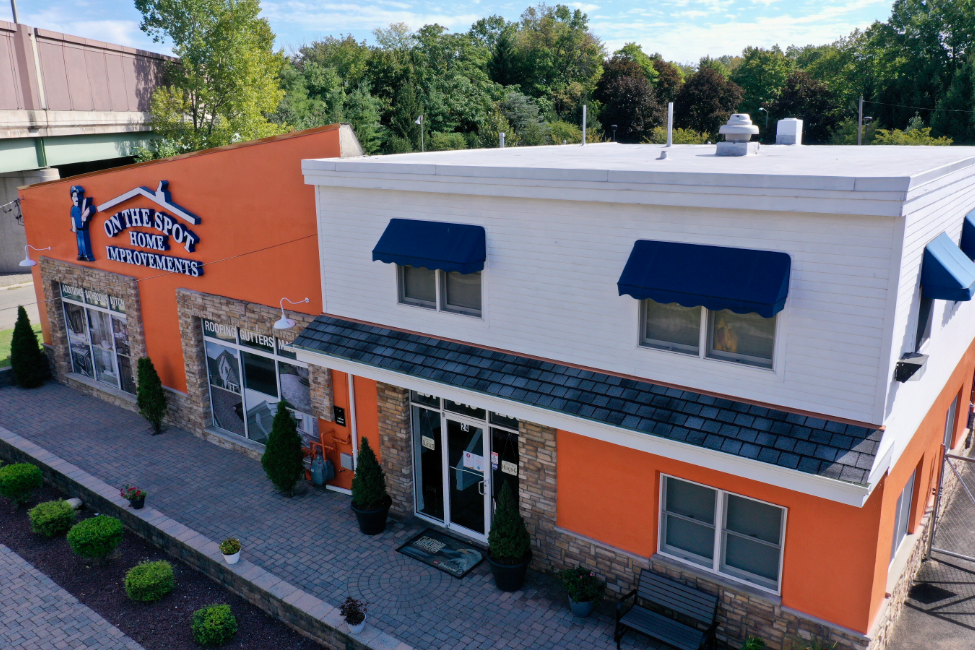Understanding Smart Home Automation Systems
Insert image of a smart home automation system.
Smart home automation systems are becoming increasingly popular as technology advances. These systems allow homeowners to control various aspects of their home environment remotely, providing enhanced convenience, security, and energy efficiency. Smart home automation can include anything from lighting and heating to security systems and appliances.
Smart home systems are often controlled via a central hub or smartphone app, allowing users to manage their home environment with ease. The integration of voice-controlled assistants like Amazon Alexa or Google Assistant further enhances the user experience, making it possible to control home systems with simple voice commands.
Benefits of Smart Home Automation
Insert image of a person using a smart home app.
Enhanced Convenience: One of the primary benefits of smart home automation is convenience. With a smart system, you can control various devices in your home from anywhere. For example, you can adjust your thermostat or turn off the lights while you’re away from home, ensuring that your home is always comfortable and energy-efficient.
Improved Security: Smart home systems often include advanced security features such as smart locks, cameras, and motion sensors. These systems can provide real-time alerts if unusual activity is detected, allowing homeowners to respond quickly to potential security threats.
Energy Efficiency: Smart home automation can lead to significant savings on energy bills. Smart thermostats, for instance, can learn your schedule and adjust the temperature accordingly, reducing unnecessary heating or cooling when you’re not home.
Top Smart Home Automation Products
Insert image of the first smart home automation product.
1. Google Nest Learning Thermostat
The Google Nest Learning Thermostat is one of the most popular smart thermostats on the market. It learns your schedule and adjusts the temperature automatically to maximize energy efficiency. The thermostat can be controlled remotely via a smartphone app, and it integrates seamlessly with other smart home devices.
- Pros: Easy to install, learns user preferences, energy savings.
- Cons: Higher initial cost, may require a C-wire for installation.
- Price: Approximately $249.
For more information, visit Google Nest Learning Thermostat.
Insert image of the second smart home automation product.
2. Amazon Echo Plus
The Amazon Echo Plus is a smart speaker that doubles as a smart home hub. It supports a wide range of smart home devices, allowing you to control them using voice commands through Amazon Alexa. The Echo Plus also includes built-in Zigbee support, which means it can connect to a variety of compatible devices without the need for additional hubs.
- Pros: Voice control, integrates with many devices, acts as a hub.
- Cons: Limited sound quality compared to other Echo models.
- Price: Approximately $149.
For more information, visit Amazon Echo Plus.
Insert image of the third smart home automation product.
3. Ring Video Doorbell Pro 2
The Ring Video Doorbell Pro 2 provides high-definition video and two-way audio, allowing homeowners to see and communicate with visitors at their front door from anywhere. The doorbell includes advanced motion detection and can be integrated with other Ring devices for comprehensive home security.
- Pros: High-definition video, two-way audio, advanced motion detection.
- Cons: Requires a wired connection, higher price point.
- Price: Approximately $249.
For more information, visit Ring Video Doorbell Pro 2.
Insert image of the fourth smart home automation product.
4. Philips Hue White and Color Ambiance Starter Kit
The Philips Hue White and Color Ambiance Starter Kit allows users to control their home lighting through a smartphone app or voice commands. The kit includes smart bulbs that can change colors and be dimmed according to user preferences.
- Pros: Wide range of colors, easy installation, integrates with other smart home systems.
- Cons: Requires a Philips Hue Bridge, higher cost for additional bulbs.
- Price: Approximately $199.
For more information, visit Philips Hue Starter Kit.
Insert image of the fifth smart home automation product.
5. August Smart Lock Pro
The August Smart Lock Pro allows homeowners to lock and unlock their doors remotely. The lock can be controlled via a smartphone app, and it also supports voice control through Amazon Alexa and Google Assistant. The August Smart Lock Pro is designed to fit over existing deadbolts, making installation straightforward.
- Pros: Easy installation, remote access, voice control.
- Cons: Requires a smart home hub for some features, may not fit all door types.
- Price: Approximately $279.
For more information, visit August Smart Lock Pro.
How to Buy Smart Home Automation Systems
When purchasing smart home automation systems, it’s essential to consider your specific needs and budget. Many online retailers and electronics stores offer these products, and prices can vary based on features and brand.
For the best deals, check out major e-commerce websites like Amazon, Best Buy, or specialized home automation stores. Be sure to read customer reviews and compare prices to find the best option for your needs.
FAQs
1. What is a smart home automation system? A smart home automation system allows you to control various aspects of your home environment through technology, including lighting, heating, security, and appliances. These systems often integrate with smartphone apps or voice-controlled assistants.
2. How does smart home automation improve energy efficiency? Smart home automation systems can adjust heating, cooling, and lighting based on your preferences and schedule, reducing energy consumption when you’re not home and helping to lower your utility bills.
3. Are smart home automation systems easy to install? The ease of installation depends on the product. Some systems, like smart bulbs, are straightforward to install, while others, like smart locks or thermostats, may require professional installation or additional setup steps.
